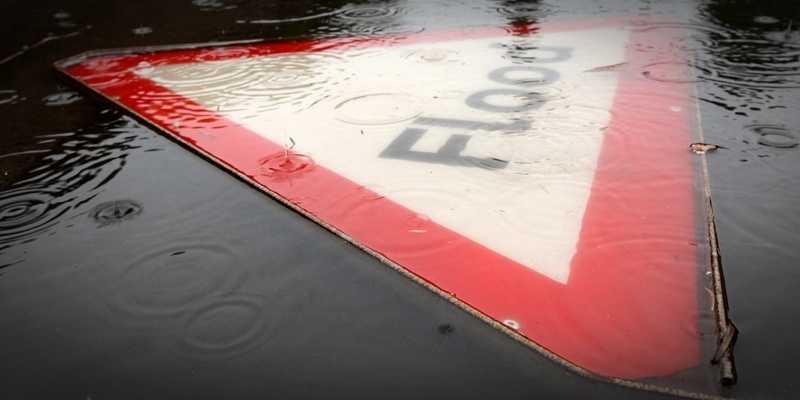It may be mid-July but there are precious few signs that Courier country will enjoy a blistering late summer.
The Met Office has issued an amber rain warning for much of central Scotland today, with about 20-30mm of rain expected to fall and cause possible localised flooding.
The same weather front is also expected to hit northern England, where there have already been damaging floods this year, as well as in Northern Ireland.
Despite the latest forecast deluge, hopes of some summer sun have not been completely dashed.
There is a chance the mercury could rise over the coming weeks as the jet stream gradually makes its way to north of the UK.
This is forecast to occur over the next few days and is set to bring with it prolonged sunny spells to parts of the UK, especially in England and Wales.
Dan Williams, a spokesman for the Met Office, was quick to add, however, that north-west Scotland is likely to see wetter conditions as the high altitude belt of wind travels north.
He said: ”We are not looking at tropical conditions or even a heatwave. In fact, it’s almost the opposite. We are just starting to see a return to the sorts of conditions we would expect to see at this time of year.”
He added: ”The jet stream is moving north to its regular position. This will steer low pressure away from most of the UK, but it doesn’t mean Scotland will see more sunshine next week.”
The jet stream usually sits to the north of the UK and acts as a buffer against low pressure weather systems.
For an as-yet unknown reason, it has sat over southern England, bringing with it heavy rainfall off the Atlantic.
This resulted in the wettest April, the wettest June and the wettest April-to-June period on record.
It has also caused widespread flooding, with the Environment Agency issuing flood warnings in 171 locations simultaneously earlier this month.
The Met Office says ”natural variability” in the weather is the most likely answer as to why the jet stream failed to make its way north of the UK this year.
However, scientists are investigating other possible reasons which would influence the phenomenon, such as a change in the sea surface temperature.
There are four jet streams circling the globe, two each in the northern and southern hemispheres.
The jet stream’s path is far from uniform and influences what weather we get throughout the year.
However, low Arctic sea ice cover is now becoming increasingly linked with significant changes in the North Atlantic jet stream in winter, hence the severity of European winters.
